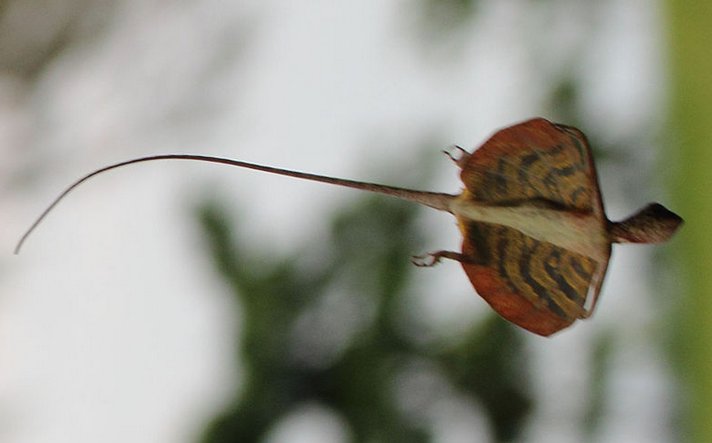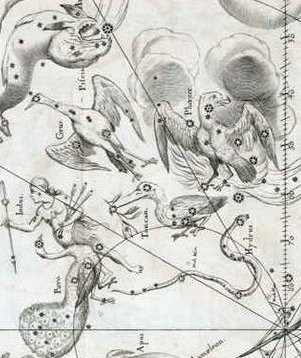There are 14 text lines on each side of the C tablet and 14 * 28 = 392 is the number of glyphs on side a. On side b there are 348 = 12 * 29 glyphs. This suggests side a could describe time measured out by Moon and side b time measured out by Sun. But line Ca14 has 29 glyphs and the text at the end of side a is continuing uninterrupted in the beginning of line Cb1. 13 * 29 = 377 and 13 * 28 = 364. 377 + 364 = 741 = 13 * 28½ = one more than 392 + 348. Furthermore, February 25 (where we can count not only 2 * 25 = 50 but also 14 * 25 = 350) is day 31 + 25 = 56 = 2 * 28. I.e., 12 * 28 = 336 = 14 * 24 days could have been used to describe the number of days beyond the rainy beginning of the Gregorian year:
... Its inventor [of the Lacerta constellation, viz. Hevelius] gave it the alternative title of Stellio, the Stellion, a newt with star-like dorsal spots found along the Mediterranean coast. Somewhat coincidently its stars, with those in the eastern portion of Cygnus, were combined by the early Chinese in their Flying Serpent.
Line Ca14 is beginning with 5 'half-submerged' glyphs, centered at 0h and March 21. This is where the 'morning' (te ata) was coming forth (tupu):
Sadalmelik ('the Luck of the King', α Aquarii) rose heliacally in day 334.6 = 22h = ca 50 days after Saad Al Thabib 15 and ca 30 days before 0h.
285 (Saad Al Thabib 15) + 80 = 365. Likewise 378 (the synodic cycle of Saturn) - 80 = 298 (Saad Balaa 13). The beginning of side a has March 22 as day 81, as in an ordinary (non-leap) year, and the first 2 glyphs are 'standing in the water':
In the center of the following 5 glyphs is March 26 = day 314 in the Arabic manzil calendar. In a leap year March 26 is day 451:
In RA day 5 the pair Ankaa (α) and κ Phoenicis rose with the Sun and in the night Raven was visible close to the Moon.
The following 8 glyphs are stretching past the end of March and on into April and I wish to postpone my comments until we have turned the tablet around to side b.
The end of the manzil Saad Al Akhbia (ruled by γ Aquarii, Sadachbia - the Lucky Star of Hidden Things) is at the beginning of a sequence of 15 glyphs which connects the end of side a with the beginning of side b.
| ||||||||||||||||||||||||||||||||||||||||||||||||||||||||||||||||||||||||||||||||||||||||||||||||||||||||||||||||||||||||||||||||||||||||||||||||||||||||||||||||||||||||||||||||||||||||||||||||||||||||||||||||||||||||||||||||||||||||||||||||||||||||||||||||||||||||||||||||||||||||||||||||||||||||||||||||||||||||||
















